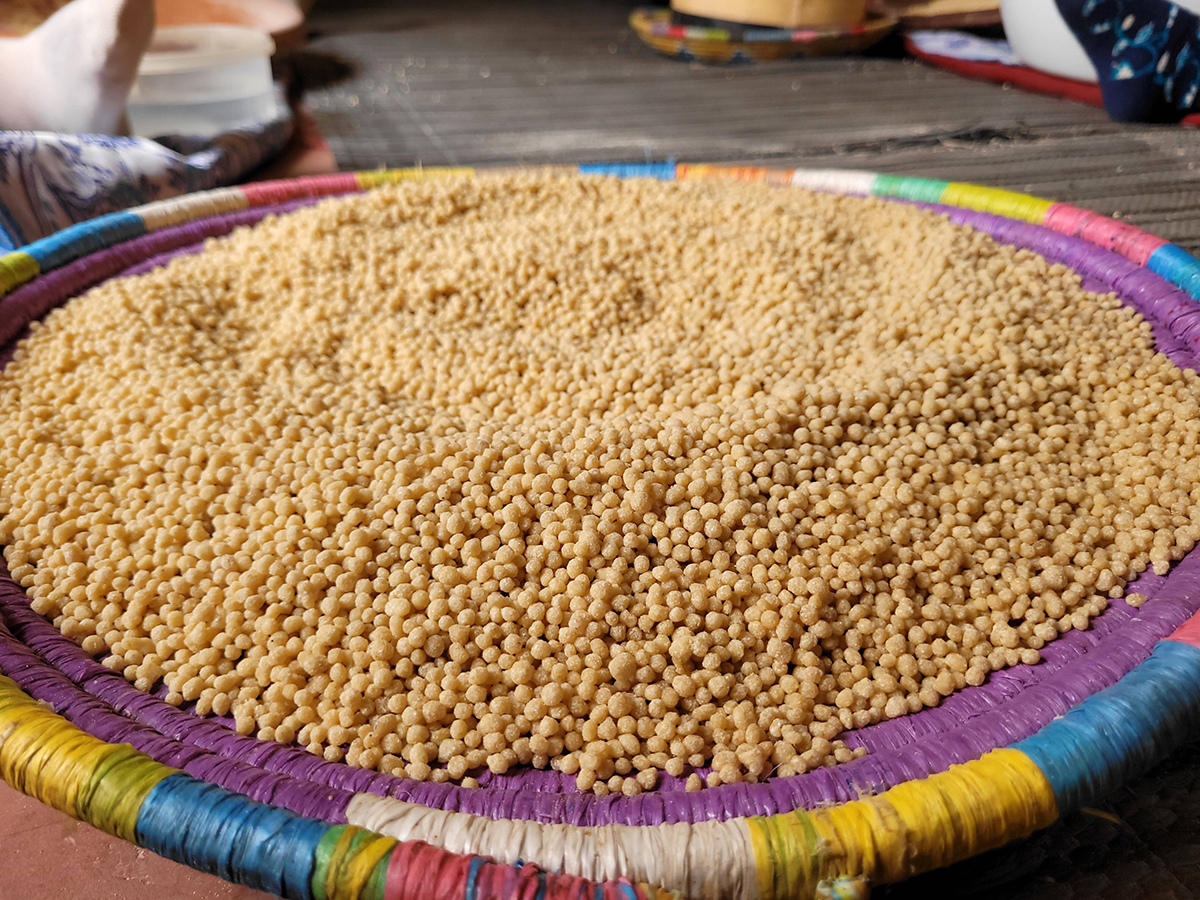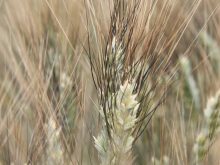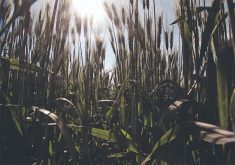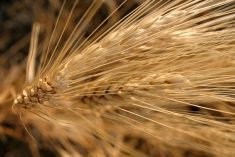SWIFT CURRENT, Sask. – With persistent droughts plaguing crop production for much of the last five years, Morocco is importing more wheat and cereals than it did in the 2010s.
A larger share of those imports are now coming from Russia, but durum wheat from Canada is maintaining one major advantage in the Moroccan market – quality.
“Moroccan millers look for semolina that boasts a vibrant, golden yellow colour – a hallmark of high-quality durum wheat,” said Rachid Chamcham of the Federation Nationale De La Minoterie (National Millers Federation) in Morocco.
Read Also

Huge Black Sea flax crop to provide stiff competition
Russia and Kazakhstan harvested huge flax crops and will be providing stiff competition in China and the EU.
“This is why they (millers) prefer Canadian amber durum wheat, particularly CWAD No. 1.”
Chamcham travelled from Morocco to Canada in late January to speak at the 2025 Durum Summit in Swift Current, Sask.
He provided a customer perspective from the Moroccan market and mentioned, several times, that Moroccan millers of durum wheat care about three things: colour, colour and colour.
The rich, amber colour of Canadian durum is a huge advantage in the market, as its critical for making traditional food such as couscous.
“One of the famous dishes in Morocco is couscous. As we say, because it’s nice, we name it twice,” Chamcham said, delivering a joke that got a few laughs from the approximately 300 farmers and durum industry reps who attended the summit.
The North African country, with 37 million people, is highly dependent on imports of durum wheat and common wheat.
From 2019-23, Moroccan imports of all wheat ranged from 4.1 to 6.2 million tonnes, using U.S. Department of Agriculture stats.
In the 2023-24 crop year, Morocco produced only 1.75 million tonnes of soft wheat and 710,000 tonnes of durum.
Annual consumption of durum is around 1.5 million tonnes.
“About 60 per cent of durum wheat (demand) is met by imports, mostly from Canada,” Chamcham said.
Assuming Canada exports 800,000 to one million tonnes to Morocco this crop year, that represents 16 to 20 per cent of projected durum exports of 4.9 million tonnes for 2024-25, Agriculture Canada said in January.
As for soft wheat, Europe has traditionally dominated in Morocco. Over the last four years, France and other European Union nations have exported 2.5 to five million tonnes of soft wheat to Morocco annually.
In 2024, though, Morocco turned toward Russia for wheat as it struggled to get consistent supplies from the EU.
Reuters reported in December that the Moroccan grain traders association signed a deal with the Russian Union of Grain Producers to supply 1.5 million tonnes of wheat annually to Morocco.
“Our target level for this season is about one million (tonnes) and we plan to increase to 1.5 million (tonnes) per year in the future,” said a spokesperson for the Russian Union.
Canadian spring wheat would likely struggle to compete with Russian wheat on price, but durum from Canada is the preferred choice of Morocco’s milling industry.
A few years ago, during the 2021 drought on the Prairies, Morocco tried durum from other countries.
“You had a bad harvest and prices went up, crazily,” Chamcham said.
“The prices were so high we tried French durum wheat, but it didn’t work … and we immediately switched (back) to Canadian amber durum.”
The yellow colour of Canadian durum is important, but Moroccan buyers also pay attention to gluten quantity and quality, protein content and other factors.
Chamcham pointed to two traits that could be improved in Canadian durum: hard vitreous kernels and resistance to fusarium head blight.
Vitreousness is the “natural translucence of a kernel that is a visible sign of kernel hardness,” says the Canadian Grain Commission website.
Fusarium infections can cause deoxynivalenol (DON), a mycotoxin, to form in the grain of durum wheat.
In 2024, grain commission testing showed that 99.3 percent of durum samples had less than one part per million of DON.
Only six samples out of 897 tested at the grain commission lab had levels higher than one part per million.
Contact robert.arnason@producer.com


















